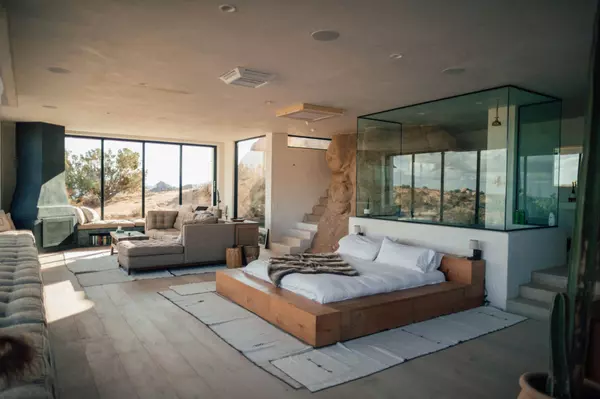Is It Still A Buyer's Market In The Valley?

Buyers should know:
Last year, traditional buyers lost traction in the market amid an influx of cash investors and speculators. As mortgage rates increased, this put a damper on traditional buyers' power even more - especially in the market under $500K, where owner occupant buyers composed only 56.8% of sales in June (usually 70-75%). In terms of investors, they took up 31% (normally 11-17%).
As of November however, traditional buyers have returned with a 71% market share underneath the $500K threshold, while investors have reduced to just under 20%. Investors incurred the most losses associated with recent price drops. This is great news for first-time home buyers as prices for starter homes have dramatically decreased. The median sales price for a 1,400-1,600 sq. ft. single family house has dropped from $435K in May to $370K by January; making it a $65,000 (15%) decline that equates to at least $352 per month in payment according to 6% mortgage rate. Similarly, the overall median sales price also declined from $475K to $410K; an equivalent drop of $65000. On top of that, both FHA and conventional loan limits are larger for 2023
The FHA loan limit was raised from $441,600 to $530,150, causing many lenders to adapt the new 2023 limit before 2022 ended. This raised the market share of sales with FHA financing below $500K from 11% in March to 20% come November. The attractiveness of FHA loans lies in their more lenient credit criteria and lower rate when compared to conventional ones; they are particularly favored by first-time home buyers. Nevertheless, after a short four-week Buyer Market period between November and December, the ratios of supply to demand are indicating a return of Greater Phoenix into a Balanced Market. From here on out, expect lesser drops in prices because of inflation and mortgage rate decline; hopefully we have seen the worst already.
Sellers should know:
We are currently seeing the shift from the shortest Buyer Market ever recorded by the Cromford Report. This has been caused by a record low of listings added to supply in the 4th quarter of 2022, leading to fewer competitors for sellers. Although demand is still low, there is less downward pressure on price when it's met with scarce supply.
By mid-January, most areas within Greater Phoenix had shifted from a Buyer Market into Balance; except for Chandler which jumped directly into a Seller Market. Goodyear, Queen Creek (including San Tan Valley), Maricopa, and Buckeye are currently the only large cities that remain in strong Buyer Markets. However, buyers should not anticipate 2021 or 2022 trends in this quarter as price drops, negotiations and rate buy-downs are key features to keeping them in the game. Data shows that 51% of January sales involved some kind of concession from the seller -- with a median cost of $9,854 - and 85392 had 14 out 15 sales with concessions totaling $12,000 on average.
In our current Balanced Market, final sale prices are showing sellers getting an average of 96.7% of their last list price. In the luxury housing sector (notably over $1.5 million) we see fewer concessions in recent transactions, but more price negotiation. Sales in January 2023 so far have shown that sellers are closing at 94.5% of their list price in the luxury housing market. On the contrary, properties valued at less than $500K have seen higher closing rates at 97.4%. Consequently, majority of sellers are achieving above their last list price when negotiations wrap-up. Investing in residential real estate has borne fruit for many; 65% active resale listings owned for two years or more have experienced returns reaching 25%, 50%, 63%, 70% and a whopping 86%+ within six years!
Categories
Recent Posts











Connie Colla
Associate Broker, N. Scottsdale Branch Manager | License ID: BR656708000

